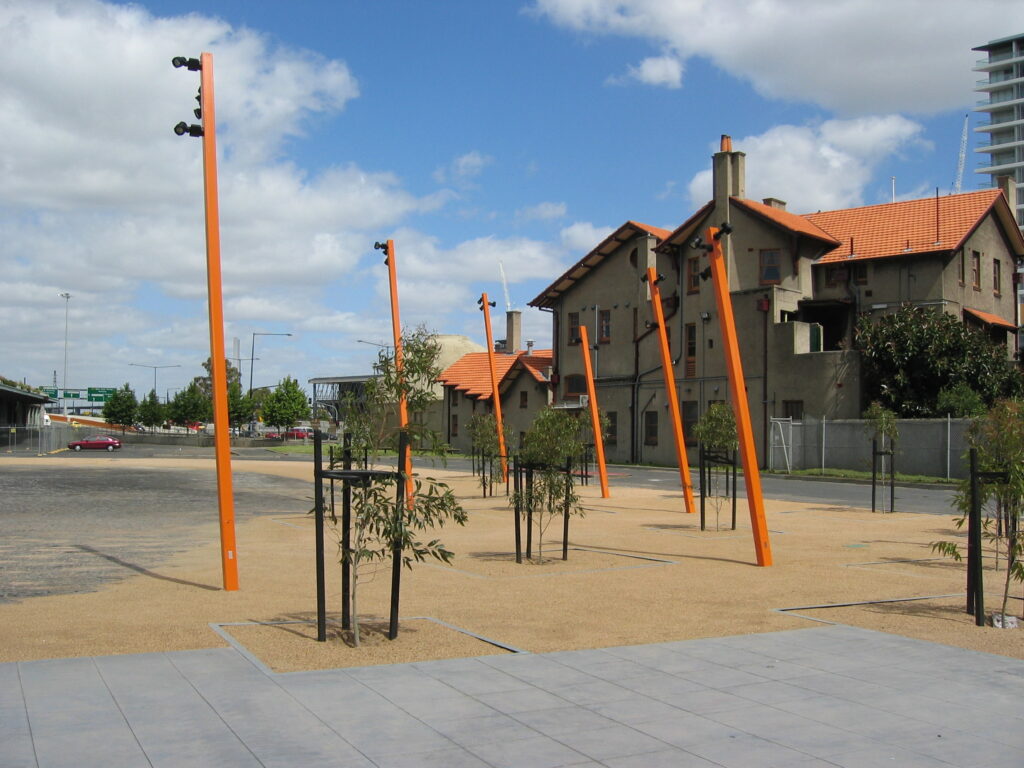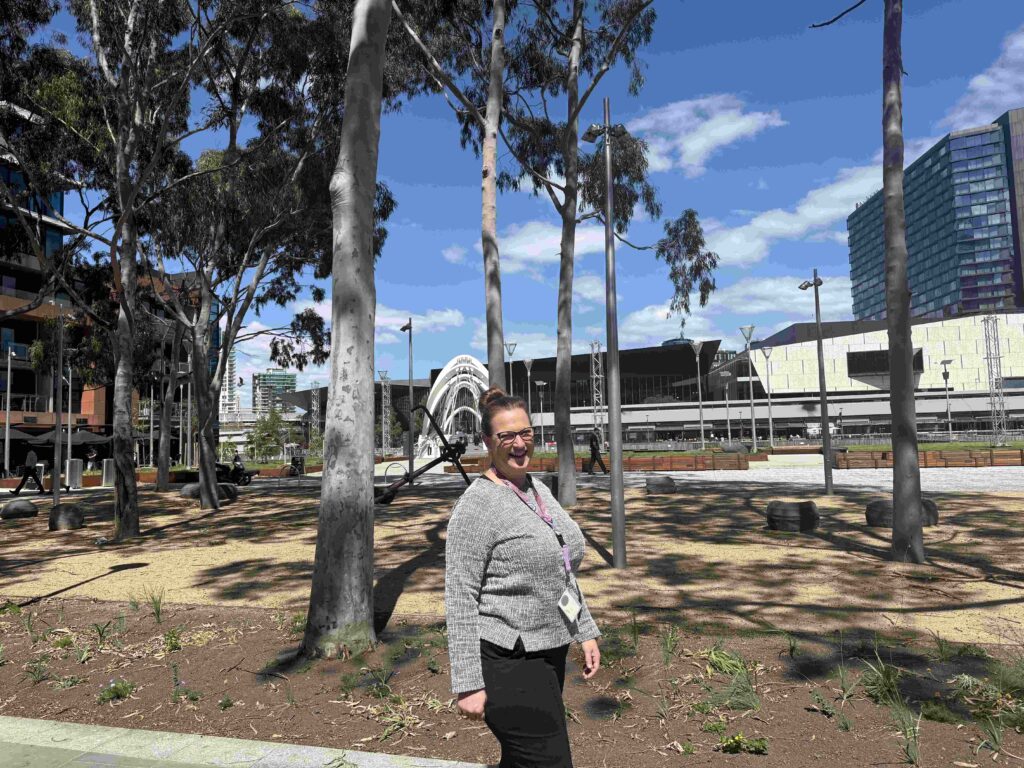Bridging sectors: What water can learn from transport delivery
As the water sector continues to navigate the challenges of growth, sustainability and digital transformation, there are valuable lessons to be drawn from the brains behind major transport infrastructure delivery, particularly from projects like the M80 Ring Road upgrade.
Laurie Langford, Technical Director – Water, reflects on how cross-sector experience can help water utilities deliver smarter, more resilient outcomes.
Leading Melbourne’s most digitally advanced transport initiative: M80 Ring Road
The M80 Ring Road upgrade stands out as a career-defining chapter. It followed a secondment leading a digital transformation program, so not only was it a technically complex project with multi-agency coordination and strong community expectations, it required further expansion of my skill set during that time.
In that digital design leadership role, I helped guide Melbourne’s most digitally advanced transport initiative. The experience proved the power of digital to transform how we deliver.
Another aspect of the project that stands out to me is the focus on co-design and community engagement. We spent a lot of time working with representatives of the Wurundjeri peoples to incorporate their perspectives and design inputs. We wanted to ensure that their voices were heard and reflected in the outcome. The 6 Layers of Country were incorporated into the design in elements like colours, shared use path experience, tree retention and consolidation of utilities. What the landscape and urban design team achieved was powerful for the whole team because it brought a deeper sense of purpose. Codesigned landscape outcomes enhance community ownership and trust, a model that can strengthen stakeholder relationships in water infrastructure delivery.
Where digital tools make the difference
Sustainability is an area where digital tools can make a big difference. On the M80 Ring Road, we used digital models to analyse materials and quantities, incorporating carbon capture and sustainability targets into the design process.
We explored optimisation options, bringing sustainability to the forefront. By addressing these challenges early rather than retrofitting towards the end, we achieved better outcomes. This proactive approach can and should be applied more broadly.
Transport and water: Shared DNA, shared challenges
In their core DNA, you could say transport and water are the same: complex systems, high public value and scrutiny, and the need for clear governance and trust between delivery partners.
In both the water and transport sectors, our true clients are the end users, our customers, commuters and wider community. There is a great responsibility in providing efficient solutions that truly meet the requirements of these users and minimise risks. Achieving this is made possible through effective communication of the ‘why’. We then must translate those decisions into accessible language for all to understand.
My work leading digital delivery and asset management programs taught me how to use technology not just for efficiency, but for smarter lifecycle outcomes. In water, that means helping utilities plan, build and operate assets with greater accuracy and long-term resilience, ensuring every dollar invested delivers sustained community benefit and considers whole of life costs.
I also bring my passion for addressing strategic challenges alongside clients and a collaborative, future-focused approach that’s grounded in purpose.
Flexibility and foresight in the rapidly changing world of water
Staying ahead of the rapidly evolving water sector means one thing: adaptability. Long-term planning now requires flexibility — not just in delivery, but how we define success. While we can’t always predict the end goal, we can use digital tools to model scenarios, test assumptions, and adapt plans in real time. This type of agile planning is essential for our water utilities, enabling them to respond to changing conditions while still delivering resilient, community-focused outcomes.
Asset management, when paired with digital innovation, is an area with enormous potential. When leading the Victoria Department of Transport’s digital transformation program, I focused on two main aspects: digital delivery and asset management. In digital delivery, I explored how technology could streamline processes and deliver tangible benefits. In asset management, we worked to define the asset information requirements that enable intelligent decision making, management and operations. The key is taking a whole-of-life-cycle approach and optimising through digital inputs, ensuring sustainability and efficiency are built into the process from the start.
A career connected to values
I’m lucky to have had many meaningful moments throughout my career across projects.
There’s something special about walking past something you helped create. Just recently, I passed a copse of gum trees along the Yarra River in Melbourne, planted years ago as part of a public open space project I managed. Back then, they were tiny saplings. Now, they stand tall, a reminder of the lasting impact of our work.
But it’s not just the physical outcomes that matter. Work should be fun, and building a good culture makes all the difference. During my time on the Level Crossing Removal Program, we built a culture that was vibrant, inclusive and genuinely fun. That sense of connection extended to clients too. Trivia nights and casual catchups helped build trust and partnership, making the work more rewarding.
At the end of the day, it’s those little things. The gum trees that grew tall, the laughter over cake competitions, the shared meals and the connections made at trivia that stand out. They remind me that our work isn’t just about delivering projects, but about creating lasting impact and meaningful relationships.








